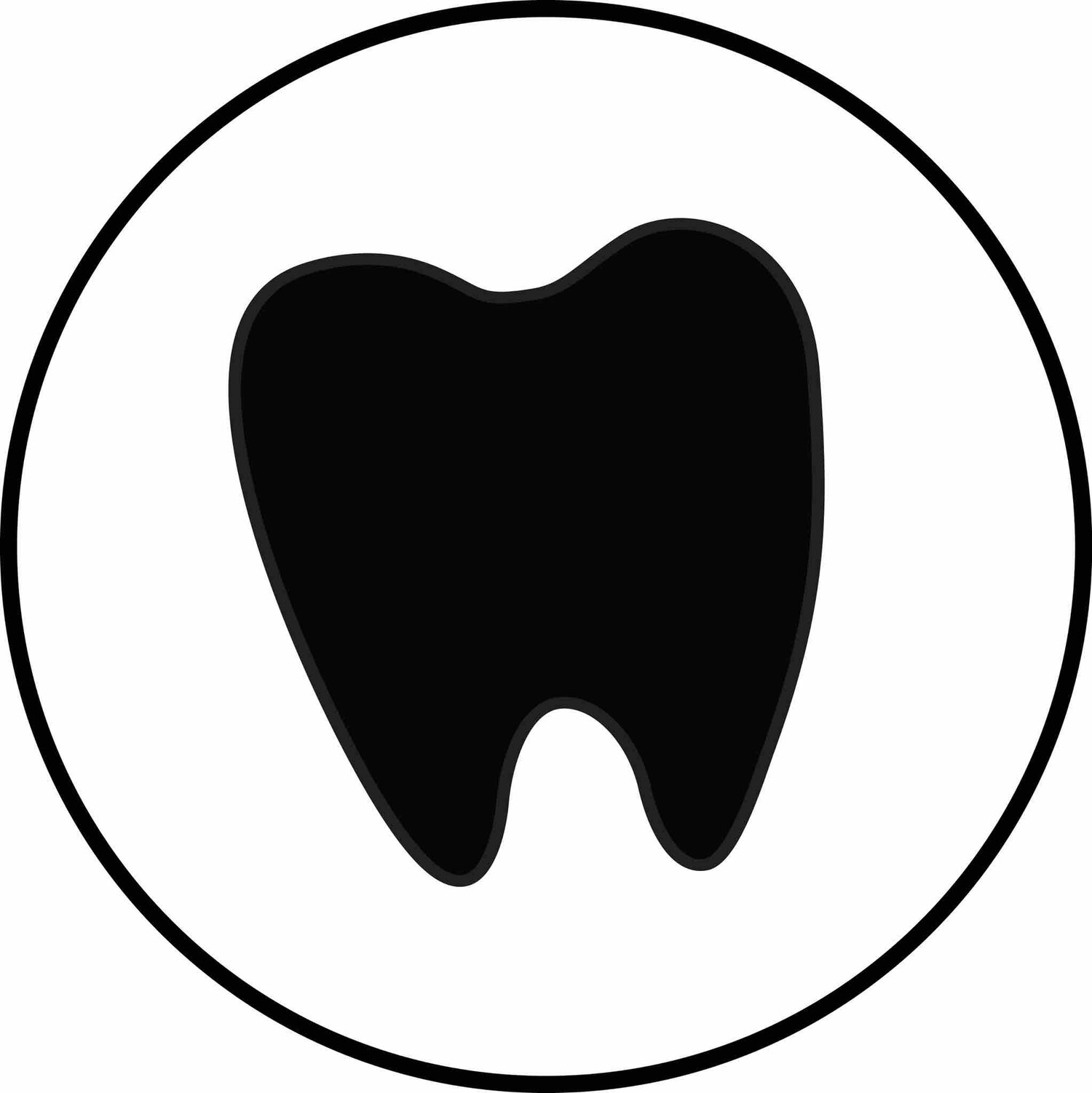5 Helpful Tips to Make the Ultrasonic Use Comfortable for You and the Patient
This last 18 months has been a whirlwind, right? From closing offices to preventative treatments, to patients delaying treatments for over a year, to people’s home care routines completely changing due to their life routines changing. With all these changes, have you noticed your patients are presenting with much more inflammation, calculus, and stain? You may or may not be using the ultrasonic now, but I’m sure you have plenty of patients that could benefit from using it. If you have decided to use it on occasion for these overdue patients, here are a few helpful tips to make it a bit more comfortable for both the patient and for you.
1. Instrument Selection
There are several different design characteristics of an ultrasonic insert that can affect the use of the instrument. First off, the diameter, when you’re working on cementum and there aren't large deposits, the thinnest tip will be the best and most comfortable for your patient. A thick tip on biofilm removal will cause tooth sensitivity due to how much power the instrument is putting out and putting into the tooth surface. It will also help preserve the tooth surface but not using a higher power that minimal calculus doesn’t need. Once you’ve removed the moderate to heavy calculus with the thicker ultrasonic insert, switch tips to something thinner to get the fine calculus, biofilm and diseased epithelium removed.
Second, the cross section. Use a circle cross section instead of a diamond if there isn’t heavy calculus. When there’s a diamond shape, all the power goes into the corners of the shape, and transfers the power to the tooth and calculus. Use the diamond cross section tips on heavy deposits and not straight on the tooth.
2. Check out the tip for wear.
If your tip is 50% worn down, they need to be replaced. At that point, they’re no longer effective to remove anything. You’ll find soon that you’ll have to instrument the teeth longer or find yourself putting more pressure with the ultrasonic, which can in turn make the teeth sensitive.
3. Manage their expectations.
Before the procedure even begins, let the patient know what they’ll expect, especially if it is the first time they’ve experienced the ultrasonic. Let them know about the water, suction, pressure they could feel, etc. Let them know that if there is any pain, have them give feedback right away.
4. Don’t shy away from topical anesthesia.
There are lots of great options on the market today, and they’re easy and quick to apply. It’s a great option for localized inflammation and sensitivity in the gingiva. If the teeth or roots are sensitive, you’ll want to explore other options for local anesthesia. Get feedback from your patient to see how to proceed.
5. Visit Curved Tips.
Left and right ultrasonic tips are great for deeper pockets. They curve and hug the tooth anatomy, which can be more comfortable for the patient. We’ll have some videos coming up about these tips, how to use them, where to use them, and how they can be more comfortable for your patient and more ergonomic for you.
Next time you have a patient that you need to use the ultrasonic on, make sure you manage the appointment and their pain by reviewing these simple steps. You got this!


